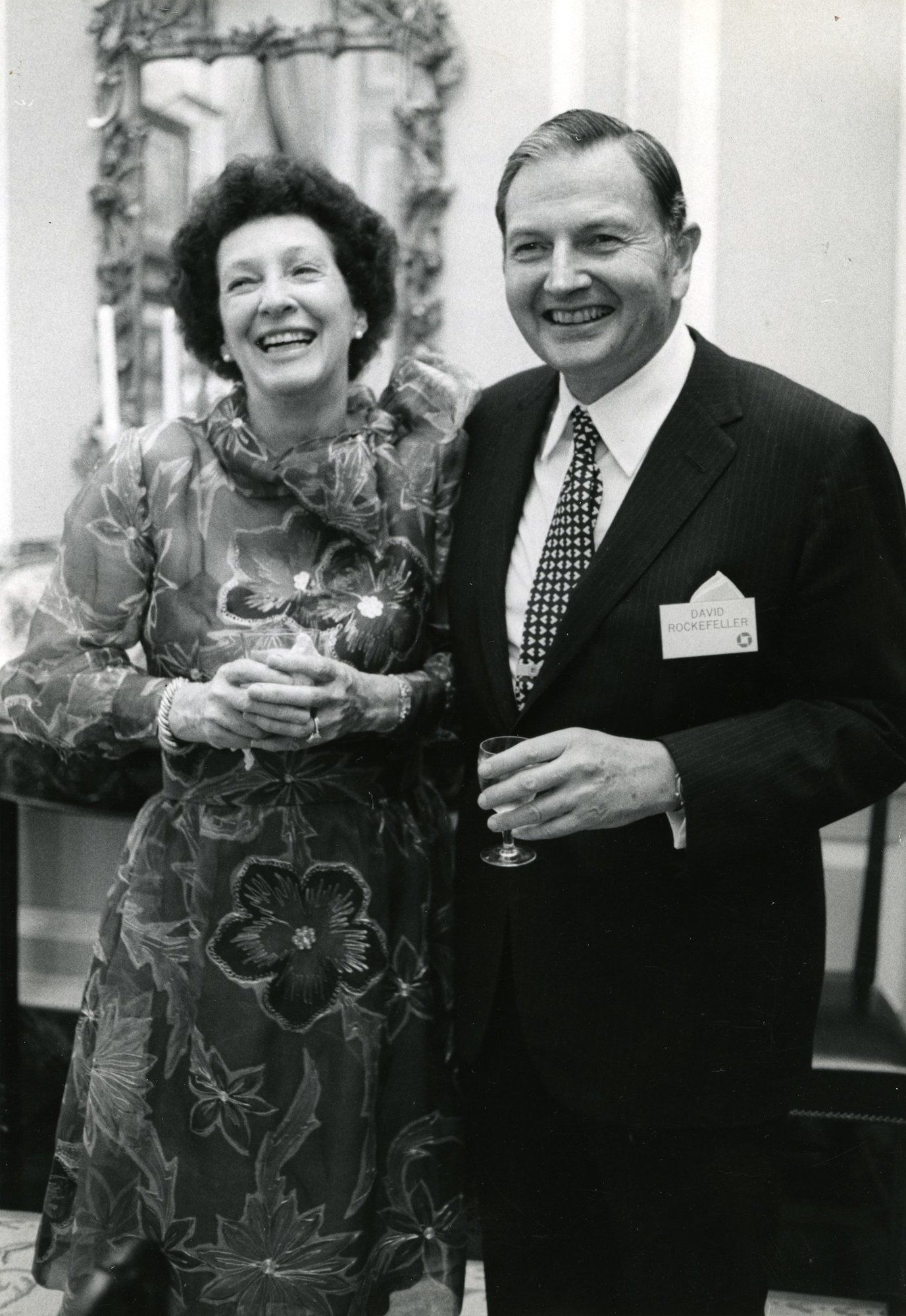The Temporary Collection Trustee

Investment banker David Rockefeller referred to himself as a temporary collection trustee. What like was his approach to collecting art?
David Rockefeller was fortunate enough to be born into a family of collectors. His father was particularly fond of the works of the Old Masters, such as Duccio di Buoninsegna, Piero della Francesca, and Francisco de Goya. His mother, meanwhile, was attracted to contemporary artists such as Pablo Picasso and Henri Matisse. The desire to collect was awakened in David at the age of ten. “I’m not sure if I started with stamps or beetles. Obviously, neither beetles nor stamps are a cultural matter, but my interest and curiosity in them set certain patterns that have influenced me over the years of my collecting,” he said in one of his collection catalogues.
The collection amassed by David and Peggy Rockefeller took in an unprecedented array of works: from European and American painters of the 19th and 20th centuries, through Asian art, to a venerable collection of Chinese, Korean, and Japanese porcelain. “We are fascinated by the amazing interactions that can arise between works from different times and cultures, particularly when they connect with their surroundings and constitute a harmonious whole. Our pleasure is closely tied to the memories of how, where, and from whom we acquired various works of art, and how these artefacts relate to each other. Decorative art plays an important role in our lives as a dynamic counterpart to fine arts,” said David Rockefeller in describing his personal relationship to art.
The spouses undoubtedly had a keen eye, but always consulted the best in the industry before buying. One such advisor was Alfred Barr, the first director of the Museum of Modern Art (MoMA) in New York, who had a massive influence on the composition of their collection. The desire to add a work to the collection was not motivated by investment, although it is true that over time the value of many works increased significantly. No, they bought only works they fell in love with and wanted to live with. Although Peggy and David could afford to choose any interest they liked because of their endless possibilities, it was art that brought them shared joy and aroused in them a passion in life, one that carried their legacy for generations.
Following the example of his father David and his mother Abby, incidentally, the driving force behind the establishment of MoMA, David Rockefeller contributed to the development of business and civic life in New York. Through his foundation, he donated more than $500 million to educational, religious, and scientific causes during his lifetime. Not surprisingly, shortly after David’s death, the Rockefeller family announced that the collection would be sold off at a charity auction at the request of both spouses.
And so it was that a massive event in the world of art world played out in May 2018. A whopping $833 million worth of art was auctioned off at Christie’s auction house in New York over three days of classic auctions and ten days of online auctions. The most expensive painting in the auction of the century was Young Girl with a Flower Basket by Pablo Picasso, followed by paintings by Claude Monet, Henri Matisse, and Paul Gauguin. “It’s sad to see these things go. After a while, you develop a personal relationship to them. But David Rockefeller always said he was merely a temporary trustee,” said Peter Johnson, Rockefeller family archivist. Proceeds from the sale of the artwork were donated to dozens of non-profit organisations, including David’s alma mater, Harvard University, and MoMA.